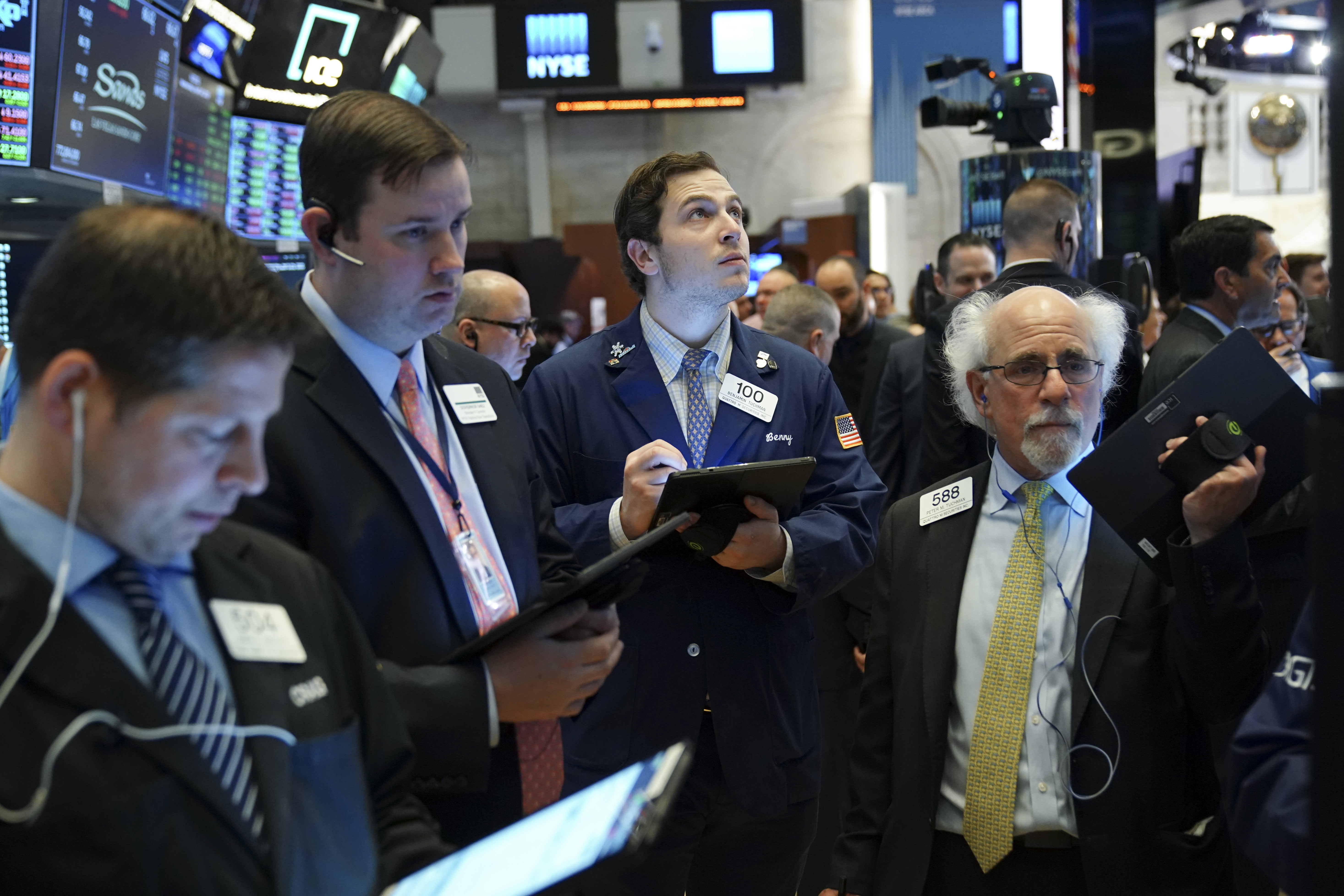Wall Street analysts make a big S&P 500 call for 2021. Market history says ignore them

Wall Street analysts could not have predicted that a new strain of the coronavirus detected in the U.K. and South Africa would lead to the S&P 500 tanking in pre-market future trading on Monday, even as the U.S. government reached a long-awaited second Covid-19 stimulus deal.
It’s tough to see the future, whether a day out or longer.
That’s important for investors to remember as Wall Street issues predictions for the stock market in 2021. Wall Street bets that a stimulus deal would keep stock moving up look more shaky on Monday, and the history of longer-term stock forecasts should not inspire investing confidence.
After the defiant bull market raged on from the March pandemic button, earnings and target price estimates for the S&P 500 are bullish into 2021. With only two trading weeks left in 2020, the S&P 500 is up near-15% for the year and above 3600. A look at the 2021 earnings per share and price targets for every analyst who covers every stock in the S&P 500 shows a bullish forecast for next year, with the S&P 500 expected to reach 4000.
Sounds great, but based on recent market history, the forecasts are likely to be off by either a little, or a lot. Analysts have overestimated the year-end price for the S&P 500 in 12 of the past 15 years, according to a recent analysis from FactSet. Based on the average overestimation, the S&P 500 could actually end 2021 below its current levels.
NEW YORK, NY – APRIL 24: Traders and financial professionals work on the floor of the New York Stock Exchange (NYSE) at the opening bell.
Drew Angerer | Getty Images News | Getty Images
This is not the only negative take on stock forecasting going into 2021, or the first time the value of Wall Street predictions has been doubted. But the key to the FactSet approach is a bottoms-up analysis, looking at the earnings per share predictions from the analysts who cover all the S&P 500 constituent companies rather than the S&P 500 calls from chief market strategists and macro-market teams.
“The Wall Street analyst who covers the companies, you want to look at them,” said John Butters, senior earnings analyst at FactSet. “More often than not, they do tend to overestimate,” he said. If it is helpful for investors to know these predictions from Wall Street, it is “good to know the historical tendencies also,” Butters said.
The overshoot of the actual stock market performance is evident in analyst price target call for the index as well, too. The same S&P 500 bottoms-up analysis, based on company-level 2021 EPS estimates, predicts the S&P 500 to reach $169, which would be a new record high for the index. However, if you predicted the analysts have historically overestimated performance by this measure also, you’d be right. Over the past 20 years (2000 – 2019), industry analysts on average overestimated the final EPS number by 7% one year in advance, according to FactSet.
There are a few reasons to, if not be bullish about the stock market predictions, at least be a little less pessimistic. A few years, in particular those corresponding to the financial crisis of 2008, make the forecasts look even worse than they otherwise would. Excluding 2008, the analyst overshoot of the S&P 500 actual performance over the past 15 years goes down from being over 9% off to a miss of 3.4%.
2021 market will start with more uncertainty
Analysts’ job in calling the S&P 500 a year out won’t be any easier for 2021 given the uncertainty related to Covid-19, and the pace of economic recovery in the U.S. and globe even if vaccine campaigns and government stimulus are successful. Not to mention, many companies are still not providing guidance to Wall Street given all the uncertainty in the world.
“The expectation is we will see a recovery in earnings at some point in time, in 2021 or 2022, but when does that take place ?” Butters asked.
He thinks watching how many companies provide guidance when they report fourth quarter 2020 results early next year may be a better tell than the year-end predictions being issued now. There is room for earnings growth. Analysts took down EPS forecasts drastically in March and there has been a steady, slow increase since June, but still nowhere near the prior, pre-Covid expectations.
“There a possibility, if things turn more quickly, we could see a sharp increase in estimates like we saw sharp decrease,” Butters said, but obviously, he is not about to make the prediction.
All he can say with certainty is that history shows that Wall Street analysts tend to be more conservative with forecasts when it is a short-term view (say one quarter) and more bullish the longer-term in nature the forecast gets.
During a typical earnings season, 72% of companies on average beat estimates. But over the longer-time, six months to a year, the analyst targets tend to be on the high side.
There is nothing special about Wall Street’s troubles trying to predict the future. Experts across complicated disciplines fail to make accurate forecasts, according to the best-known book on the subject Superforecasting, by Philip Tetlock and Dan Gardner. Their research found that the average expert was a horrible forecaster, regardless of experience and degrees earned. In their famous summation of expert predictions, they wrote that it was “roughly as accurate as dart-throwing by a chimpanzee.”
So as investors plan their portfolio strategies for 2021, the history of S&P 500 year-end calls suggests that investors might want to be careful what they wish for — they just might not get it.




